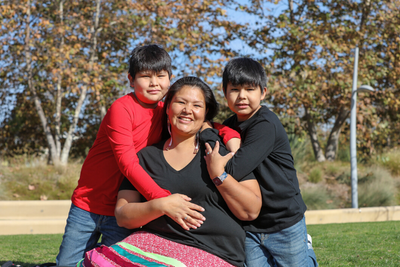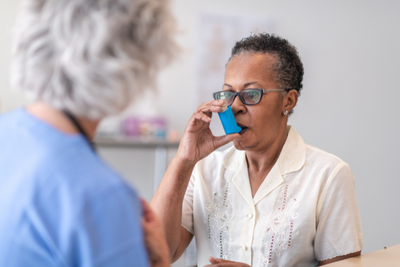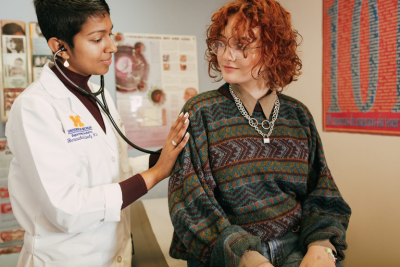Treating Special Populations
Certain communities and demographic groups remain at higher risk to the harmful health effects of tobacco than the general population. Given higher tobacco use prevalence and lower cessation treatment success among certain populations, it is critical for healthcare professionals to understand their role in reducing health disparities.
Tobacco treatment approaches successful with one group may not be as effective with another. When healthcare professionals take the time to understand the needs of special populations within their practice, they are able to provide more effective care.
Learn more about prevention and treatment efforts within the following populations by clicking the pages below.

American Indians / Alaskan Natives
Learn the difference between traditional and commercial tobacco, and strategies healthcare providers need to help their AI/AN patients quit tobacco.

Patients Who Are Pregnant or Postpartum
Tobacco use treatment at any point in pregnancy benefits the pregnant person and their fetus. Learn the importance of keeping the discussion of quitting tobacco and e-cigarette use at the forefront of prenatal care.

People Balancing Behavioral Health Issues
Learn techniques that you can use with patients balancing behavioral health issues to motivate small changes towards improved health.

People with Asthma
Learn the effects that tobacco use and secondhand smoke have on your patients with asthma, and strategies healthcare professionals need to help their patients with asthma quit smoking.

People With Cancer
Tobacco use treatment protects against cancer and benefits any patient who uses tobacco or nicotine products–especially patients with cancer and cancer survivors. Learn how healthcare professionals, particularly those in oncology, can help their patients on their tobacco quit journey.

People with Diabetes
Learn the relationship between tobacco/e-cigarette use and diabetes, and strategies healthcare professionals need to help their patients quit smoking.

LGBTQIA+ Community
Learn strategies that healthcare professionals need to help their patients who are Lesbian, Gay, Bisexual, Transgender, Queer, Intersex, and Asexual (LGBTQIA+) quit tobacco and nicotine.

Youth Patients
E-cigarettes are not safe for youth, young adults, people who are pregnant, or adults who do not currently use tobacco products. Learn the effects of e-cigarette use and how you can provide advice and support to your young patients to quit.
Refer Your Patients to a Quit Coach
Submit a Provider Web Referral or E-Referral through the EMR.
Choose the most convenient method for YOUR practice!
